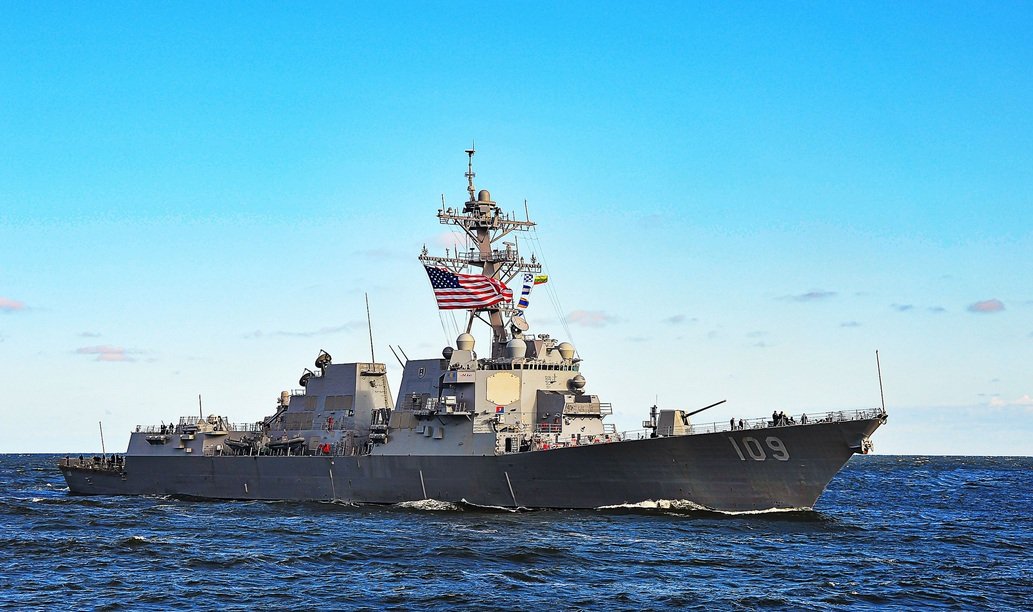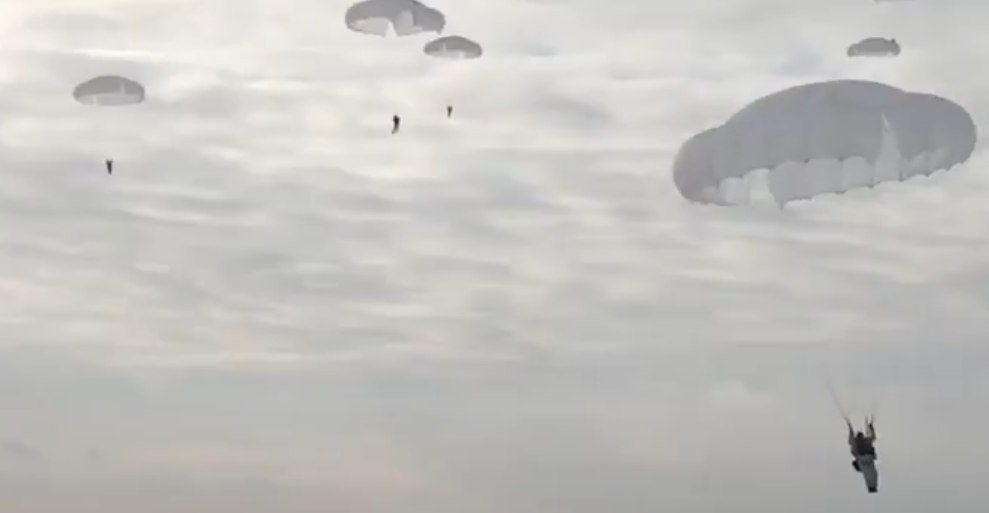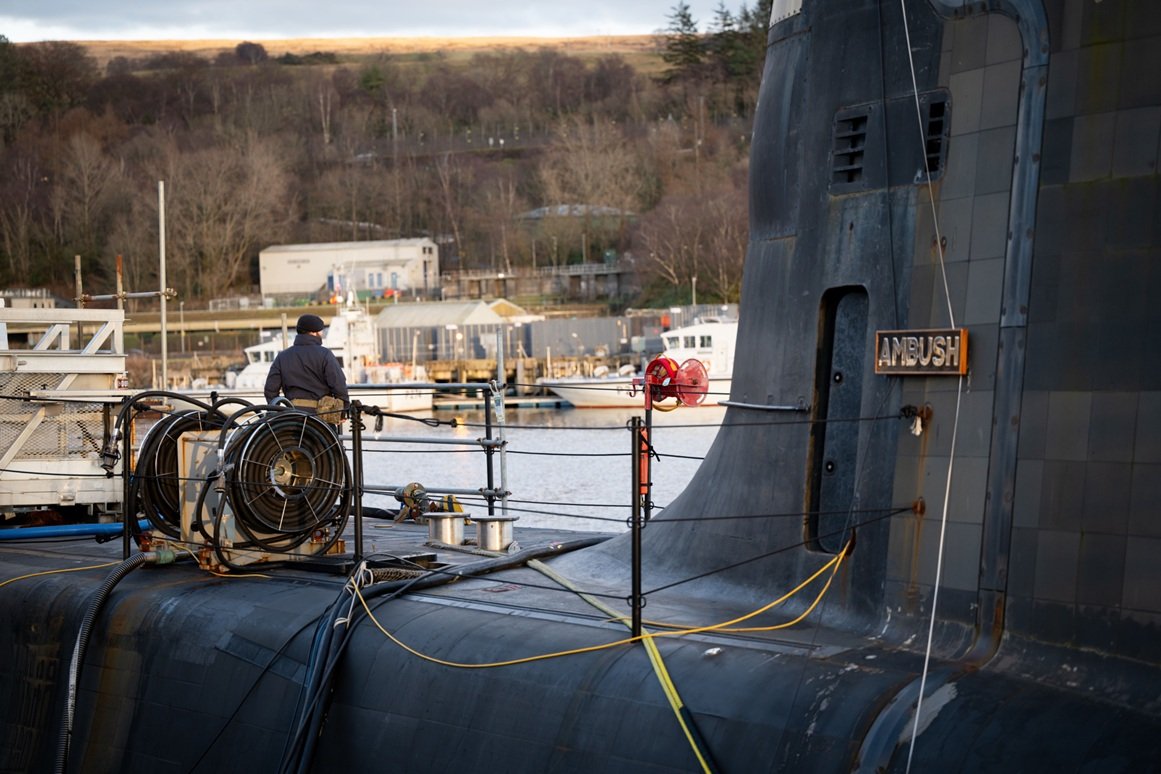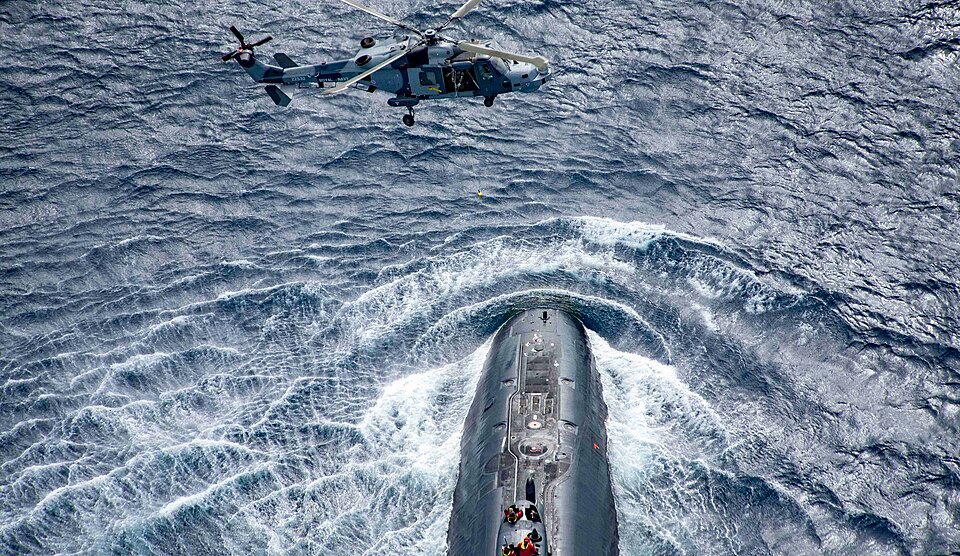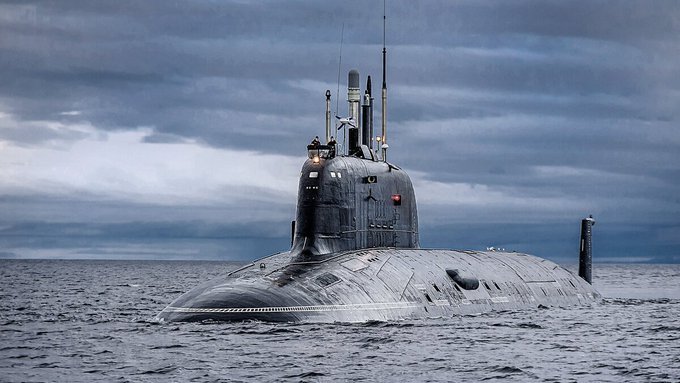
Marketing Pacifism: How States Refine the Labels of Their Weapon Systems
a ship with a displacement of over twelve thousand tons and more than a hundred launch bays – a “destroyer”, it seems almost laughable. Germany is following a similar path when it presents its future F127 ships, whose parameters almost correspond to cruisers, as “frigates”. On the surface, it is just a play on words. In reality, however, it is a well-thought-out strategy to minimize political friction and hide the true strength of the navy. This phenomenon can be summarized in one term: marketing pacifism.
In military terminology, one would expect precision, clearly defined categories and logical nomenclature. However, the reality is much more flexible. The designation of ships, tanks or aircraft is not just a question of technical parameters – it is often primarily a political decision. States present their weapons systems in a way that is acceptable to their domestic audience, reassuring to their allies, and unquestionable on the international stage. And since the word “cruiser” sounds more offensive than “frigate,” it is no wonder that for marketing reasons “cruisers” become “destroyer” and light aircraft carriers become “helicopter destroyers.”
Historical roots and traditions of classification
The naval designations – frigate, destroyer, cruiser, or battleship – did not arise simultaneously, but in different periods and responded to the needs and technological possibilities of the time. In the 18th and 19th centuries, a frigate was primarily a fast and relatively lightly armed ship designed for reconnaissance, escort, and protection of trade routes. The cruiser established itself in the era of steam propulsion as a more powerful, remotely deployable unit, while the battleship was the pinnacle of naval power, a symbol of prestige and imperial power. The destroyer, in turn, emerged as a cheap, agile response to the torpedo boat threat and only later grew into a versatile backbone of fleets.
After World War II, these distinctions began to blur. The technology of missile weapons and radar gradually blurred the clear lines between the categories. A ship the size of a traditional frigate could be armed with a missile arsenal that surpassed that of a 1960s cruiser, while a destroyer, with its dimensions and capabilities, began to resemble a smaller battleship. The “definitive definition” has also disappeared – what is a frigate in the US can be a cruiser in Russia and vice versa. Nomenclature has become not only a technical but also a political decision. Designating a ship as a “frigate” sends a different signal than calling it a “cruiser”, even though their capabilities may overlap. On paper, it is a classification, in practice it is part of strategic communication – and sometimes deliberate manipulation.
Motives of state propaganda and diplomacy
The decision whether to call a ship a “frigate” or a “cruiser” is far from a technical exercise in naval architecture. It is a question of political communication, psychological influence and often propaganda. In international relations, words and symbols have almost the same weight as the weapons themselves.
The pacifist PR effect: While the term “cruiser” historically evokes the image of a massive, offensive vessel capable of projecting power to the other side of the world, the designations “frigate” or “destroyer” have a more technocratic and less threatening effect. Politicians and military spokespeople consciously frame the perception of their programs in this way – outwardly declaring that these are “only” means of protecting sea lanes or air defense, not offensive tools. This language creates the illusion of peaceful modernization instead of real armament.
Domestic audience and legitimacy of spending: Public opinion is not homogeneous, but it usually reacts sensitively to the question of whether a state is “arming itself.” Building “cruisers” or “aircraft carriers” can evoke expensive imperial policies, while “frigates” or “defensive destroyers” can be presented as a necessary modernization. The change of nomenclature thus functions as a political marketing tool – soldiers get the necessary technology, politicians ensure a calmer debate in parliament, and the public accepts the investment as necessary, not provocative.
International signals and diplomacy: Diplomatic language is full of euphemisms, and the military classification of ships is organically integrated into it. Designating a ship with a displacement of over ten thousand tons as a “destroyer” is a way to send a signal to allies and rivals: “we are not escalating.” Such a gesture facilitates negotiations, reduces the risk of international criticism, and at the same time provides legal room for maneuver in discussions on arms control. It is not just a play on words, but a tool of strategic communication that can determine the mood of the entire alliance.
Strategic Obfuscation and Military Deception: Ambiguous terminology makes it difficult for foreign analysts to work. When the boundaries between ship categories are blurred, it is difficult to quickly assess the true intentions of the adversary. Is a 7,000-ton “frigate” a defensive escort ship, or rather a cruiser capable of conducting offensive operations? The more vague the terms, the more room for strategic uncertainty. In an era when intelligence relies not only on satellite imagery but also on official communications, such obfuscation can have a tangible impact on threat assessments. Cultural and historical tradition: Each navy has its own customs that shape its terminology. For historical reasons, Japan has a constitutional ban on “aircraft carriers” – which is why it officially refers to its Izumo units as “helicopter destroyers,” even though they are structurally equivalent to light aircraft carriers. Russia, on the other hand, uses tradition to the opposite effect: its “missile cruisers” are named to demonstrate power and prestige, even though they would otherwise be large destroyers. The names are therefore not just cosmetic – they also reflect national identity and historical experience.
Psychological and media effects: The media and the general public often adopt official designations without deeper reflection. When newspaper headlines report that Germany has launched a “new frigate”, the reader imagines a medium-sized escort ship, not a colossus corresponding to a cruiser. The designation thus directly influences public discourse and shapes the image of the military in society. In the era of information warfare, it is part of “soft power” – the state manipulates how its weapons are talked about, and thus how they are perceived.
Specific examples of “marketing pacifism”
The phenomenon of “softening” of classification is not limited to a single country. It can be found in Asia, Europe and among Western democracies. Each country approaches it differently, but the logic is surprisingly similar – the weapon system is to be presented on the outside in a way that makes it appear less threatening than it actually is.
China – Type 055 as a “destroyer”: The Renhai-class ship (Type 055) is in many ways the pinnacle of Chinese shipbuilding. It has a displacement of around 12-13 thousand tons, 112 vertical launch bays for long-range missiles, and capabilities that match those of the American Ticonderoga-class cruisers. Yet it is officially designated as a “guided-missile destroyer”. The reason is twofold: the word “cruiser” would immediately give the impression that China is building offensive platforms for power projection, and it would also increase tensions with the US, which sees cruisers as a symbol of its naval dominance.
Germany – Future F127 “frigates”: Germany’s naval strategy has long been framed as purely defensive. Nevertheless, the F127 class is being prepared, ships with a displacement of over 10 thousand tons with extensive missile and air defense systems. In terms of parameters, they could be described more as cruisers or heavy destroyers. However, Berlin consistently presents them as “frigates”, which in the European context is the technical term for ships that serve more for defense and escort within NATO. The designation thus helps Germany to maintain the image of a state that does not aspire to offensive power projection.
Japan – “helicopter destroyers” instead of aircraft carriers: The Constitution of Japan formally prohibits the construction of offensive military assets, including aircraft carriers. Therefore, the Izumo-class units, which correspond in design and function to light aircraft carriers, are designated “helicopter destroyers” (DDH) – i.e. helicopter destroyers. Today, they even carry F-35B fighters. The official terminology here is not just PR, but a legal necessity so that Tokyo does not violate the interpretation of its pacifist constitution.
USA – the paradox of destroyers and cruisers: The US Navy shows the opposite paradox. Its Ticonderoga cruisers are officially cruisers, but in reality they are not that much larger than the Arleigh Burke destroyers, especially in the Flight III version. They practically overlap in capabilities. The difference is rather historical – the term “cruiser” is used in the USA to distinguish ships capable of commanding a fleet, even if the parameters correspond to large destroyers. Thus, the USA, unlike China, does not “diminish” its naming, but here too it is clear how technical and political logic diverge.
Impacts and consequences of “marketing pacifism”
At first glance, renaming a cruiser a destroyer or an aircraft carrier a “helicopter destroyer” may seem like a play on words. In reality, however, this practice has far-reaching consequences, not only for international security but also for domestic politics and public perception. Blurred categories complicate the debate about the true strength of fleets and often distort the picture of military reality. When the media reports that Germany is acquiring “frigates,” most readers imagine medium-sized escort ships, not vessels with cruiser parameters. Such simplification affects not only public opinion, but sometimes even political decisions about weapons programs. At the same time, marketing pacifism allows states to build powerful and offensively usable ships without facing significant domestic or international criticism. What is designated a “frigate” on paper may in practice be a vessel capable of conducting operations thousands of kilometers from home. The public perceives the investment as defensive, even though it is actually an instrument of expansionist power. Unclear classifications also complicate international arms control agreements, as traditional categorization is used as a yardstick for comparison. A ship that is a “frigate” in one country may be considered a cruiser in another, creating room for legal maneuvers and circumvention of formal obligations.
Moreover, unclear terminology increases strategic uncertainty between great powers. If analysts cannot clearly assess what type of force an adversary is building, there is a risk of overreaction or, conversely, underestimation of the threat, which increases tension and disrupts stability. The psychological effect also applies within military alliances – a state that “builds frigates” is perceived as a defensive player, while the term “cruiser” may arouse suspicion of ambitions to become a first-tier power. The designation thus also affects the division of roles and responsibilities within joint operations. Ultimately, there is a risk of long-term erosion of concepts. If the boundaries between categories continue to blur, traditional terminology will lose its descriptive value, and the word “frigate” can mean anything from a light escort vessel to a heavy cruiser. This language becomes increasingly out of touch with reality, making informed public debate about armaments and strategy difficult, and underlining that marketing pacifism is not just a terminological play, but a tool of political and ideological communication.
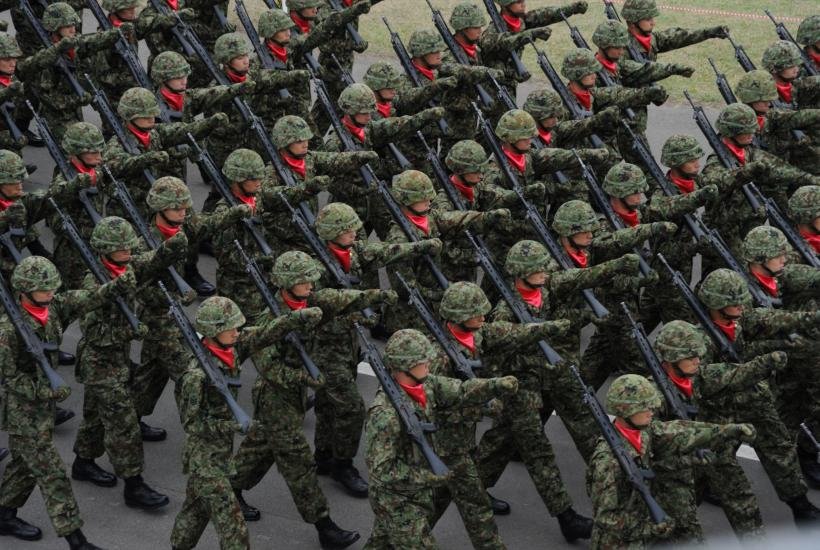

Martin Scholz



